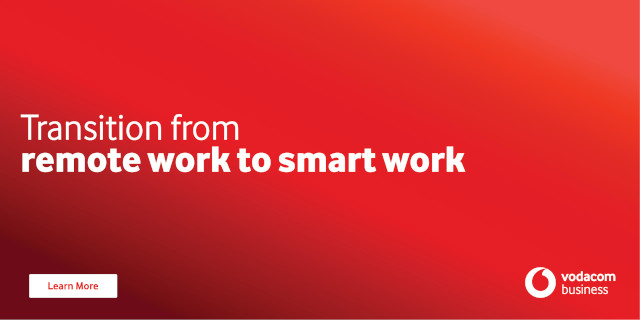Preventing the quiet quitting silent exodus
By Industry Contributor 1 March 2024 | Categories: news
News sponsored by Vodacom Transformation of Work:
By Siphumelele Nhlapo. Anglophone Africa Human Resources Vice President, International Operations at Schneider Electric
Quiet quitting is a phrase that has been in vogue for more than year, painting a bleak picture of a global workforce that losing interest in the workplace. In fact, recent statistics by global workplace consulting and research organisation, Gallop estimate that lost productivity, owning to low employee engagement, could account for $8.8 trillion loss in global gross domestic product.
Quite quitting, at its core, represents individuals that are physically present (at work) but mentally disengaged. They go on with their daily tasks without any enthusiasm or dedication. It is a mundane, unproductive existence that lends itself to a toxic environment for both the employee and employer.
It puts both the employee and employer at a disadvantage as there are no real mitigating actions to reengage these individuals, bringing back that essential spark that leads to commitment, creativity and productivity as opposed to a silent exodus.
Furthermore, quiet quitting can cause a ripple effect through an organisation. When disengaged employees remain in their roles, they can inadvertently create toxic environments for new hires. These new employees often join teams that are already disengaged, which can adversely affect their experience within the organisation.
Addressing quiet quitting today
As mentioned, quiet quitting can have a far-reaching impact on organisations, employees and their business. The time is now to start taking proactive steps to foster a working environment that addresses quiet quitting in a positive and proactive manner.
- Recognise the early signs which include a decline in participation, collaboration, and the sharing of ideas. Employees may also be going through personal challenges or facing issues that affect their wellbeing and performance. By actively listening and observing these signals, organisations can intervene before the situation worsens.
- Create open dialogues and safe spaces. Employees should feel comfortable sharing their challenges, whether they are personal, or work related. These conversations should be conducted in a confidential, non-judgmental environment, assuring employees that their vulnerabilities will not be used against them.
- Tailored employee programmes – the reality is one-size-fits all simply doesn’t work for everyone and moreover doesn’t address the diverse needs of today’s multigenerational workforce.
Tailored wellbeing programmes, workshops, and sessions are essential. While one group may benefit from discussions on work-life balance, the other will require financial wellness workshops. An organisation's employee wellness programmes should always be cognisant of the specific concerns of individuals within the organisation.
The reality is organisations must rethink the way they approach their most valuable assets, their employees. And it can be come done; organisations must endeavour to build a culture that values employees' holistic wellbeing and fosters a more engaged, dedicated, and productive workforce.
Most Read Articles

Have Your Say
What new tech or developments are you most anticipating this year?




